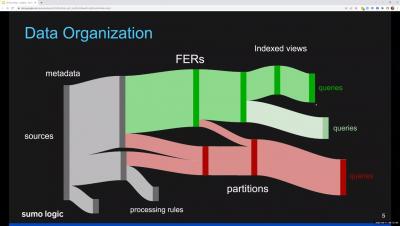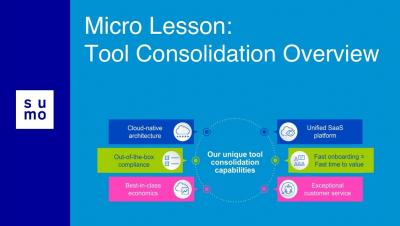How to monitor MySQL performance metrics in minutes
MySQL, a leading open source database for the past few decades, underpins potentially millions of applications, from tiny prototypes to internet-scale e-commerce solutions. The beauty of MySQL is not only its powerful relational database capabilities but also that it can be scaled up as the application grows. Why should you care about MySQL performance? Because MySQL is the backbone of many applications, your application performance will be inherently tied to your MySQL database performance.










